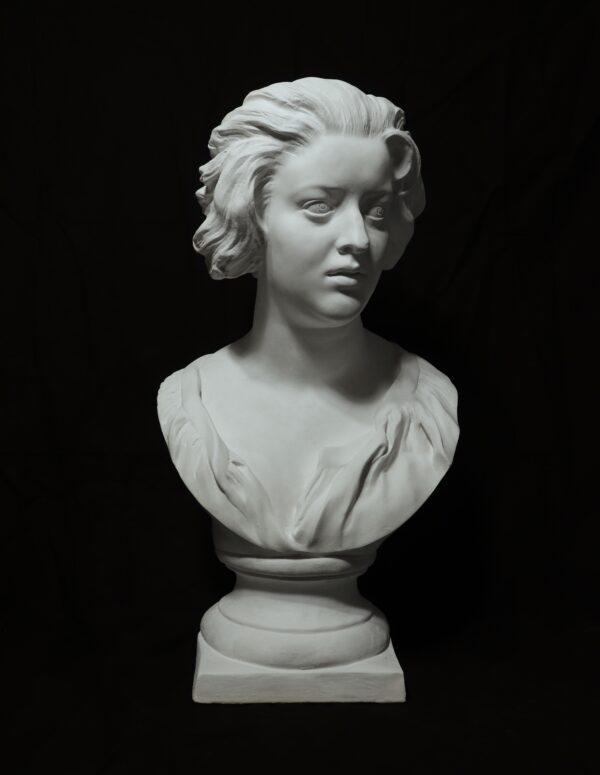From his basement studio in Brooklyn, New York, American sculptor Justin Ryan Kendall creates affordable plaster casts of classic masterpieces. At any one time, he could be simultaneously casting a mask of Mary from Michelangelo’s “Pietà,” a bust of Costanza Bonarelli by Gian Lorenzo Bernini, or a fragment of a work, perhaps the nose of “David” by Michelangelo.

Plaster cast bust of Costanza Bonarelli by Gian Lorenzo Bernini; 25 inches tall. Courtesy of Justin Ryan Kendall






